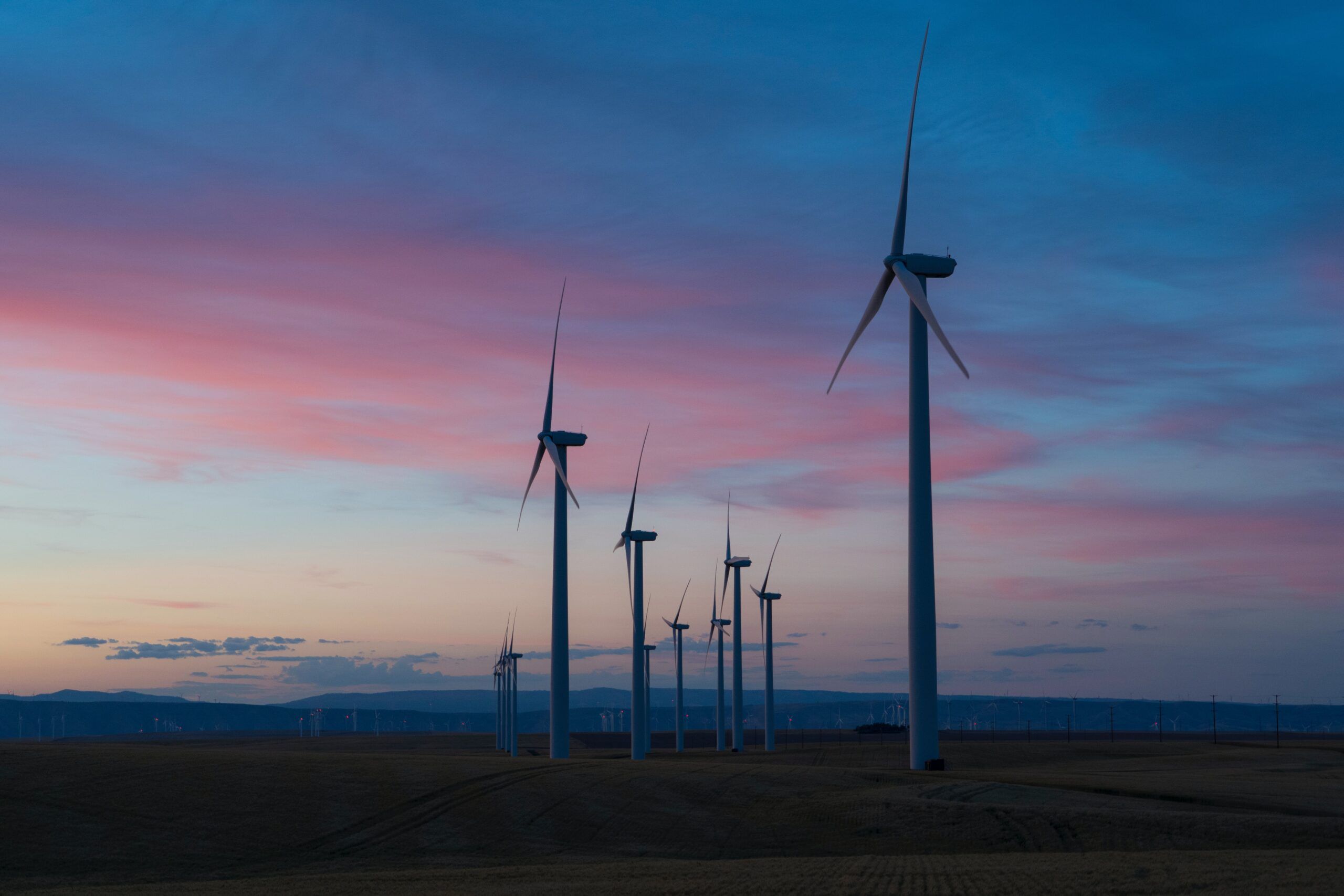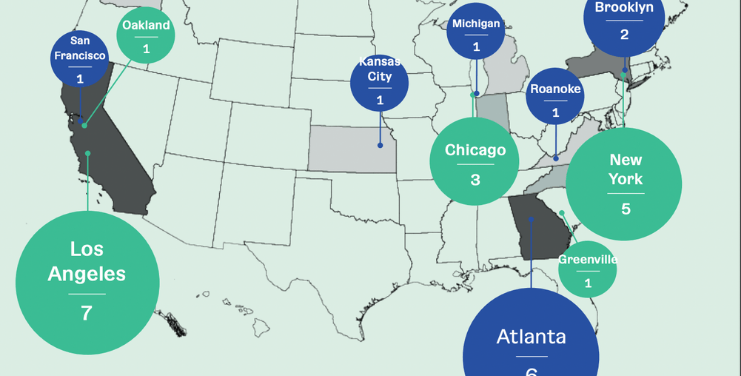KEY INSIGHTS
- Experts advocate for clean electricity to combat global climate change.
- Black Americans are 40 percent more likely than other groups to live in extreme temperatures caused by climate change.
- FigBytes has tracked over 20 million metric tonnes of carbon emissions through automation of data capture to help businesses to report on climate frameworks.
Massachusetts Institute of Technology (MIT) Sloan School of Management projects that clean electricity can solve climate change and could greatly benefit people of color who have long suffered as a result of environmental issues. But in order to clean power grids, there needs to be more manpower.
For months, members of Congress debated the Build Back Better bill, which plans to make electricity carbon-free by 2035, while climate change experts convened at the EmTech MIT conference. Panelists explained how it is possible to end global warming by implementing clean technology tactics.
Cleantech could save the lives of Black Americans who are disproportionately impacted by the warming planet.
The world has warmed up 1.1 degrees since the Industrial Revolution, according to a Washington Post analysis. The temperature is set to rise another 1.5 degrees by early 2030s. The analysis found that Black Americans are 40 percent more likely than other groups to currently live in places where extreme temperatures caused by climate change result in higher mortality rates.
The analysis notes that Black Americans are 41 to 59 percent more likely to die from poor air quality. Black Americans 65 and older are 41 to 60 percent more likely to die due to fine-particle pollution, or soot, depending on the location.
Thirty-four percent of Black Americans with childhood asthma have exacerbated symptoms due to climate change. Black Americans 17 and younger are 34 to 40 percent more likely to be diagnosed with asthma depending on the range of temperature increases based on where they live.
“To understand clean technology’s true value, organizations need to first understand the current state of all energy consumption across operations and then measure how adoption can create efficiencies,” Ted Dhillon, founder and CEO of FigBytes, an integrated ESG manager, told The Plug.
To date, FigBytes has tracked over 20 million metric tonnes of carbon emissions for customers through automation of data capture and calculations. This work helps businesses to report on climate frameworks and commitments. Dhillon said the data can help companies examine their carbon footprint and set new plans for a sustainable future.
350.org, an anti-fossil-fuel organization, is actively working to derail fossil fuel interests. The organization’s founder, Bill McKibben mentioned at the MIT conference younger generations and advocates like Greta Thunberg are advocating for high-profile groups to follow suit and publicly renounce fossil fuels — including institutes of higher learning. McKibben urges companies to stop using fossil fuels of any variety.
U.S. officials are working on climate change policy enforcement on a national and local level.
President Biden is currently working to ensure clean electricity by 2035. One way to track clean energy development is the narwhal curve. Like a narwhal bushing its tusks through the Arctic waters, that’s the kind of angle growth expected for renewables adoption in the next decade. If nuclear plants were shut down, the tusks would be even steeper, and if clean energy was used for powering homes and cars, there would be less energy consumption and the U.S. wouldn’t have to rely as heavily on the electricity grid.
The Clean Electricity Performance Program is a proposed government incentive for utilities to receive grants if they deploy clean power at the necessary pace and scale, without burdening consumers. Customers paying their electricity bills will not have to pay for transition costs, while the federal government lowers electricity bills as utilities transition to offering clean energy.
Individuals can persuade leaders to bring more visibility and action to climate change.
An Environmental Defense Fund (EDF) report recommends leaders rebuild better by investing in American clean energy to create more jobs and less pollution. The focus of investment in clean energy should start by focusing on Black communities suffering disproportionately from chronic air pollution, helping these communities— and the world — breathe easier.
Sponsored Series: This reporting is made possible by the The Ewing Marion Kauffman Foundation
The Ewing Marion Kauffman Foundation is a private, nonpartisan foundation based in Kansas City, Mo., that seeks to build inclusive prosperity through a prepared workforce and entrepreneur-focused economic development. The Foundation uses its $3 billion in assets to change conditions, address root causes, and break down systemic barriers so that all people – regardless of race, gender, or geography – have the opportunity to achieve economic stability, mobility, and prosperity. For more information, visit www.kauffman.org and connect with us at www.twitter.com/kauffmanfdn and www.facebook.com/kauffmanfdn.








